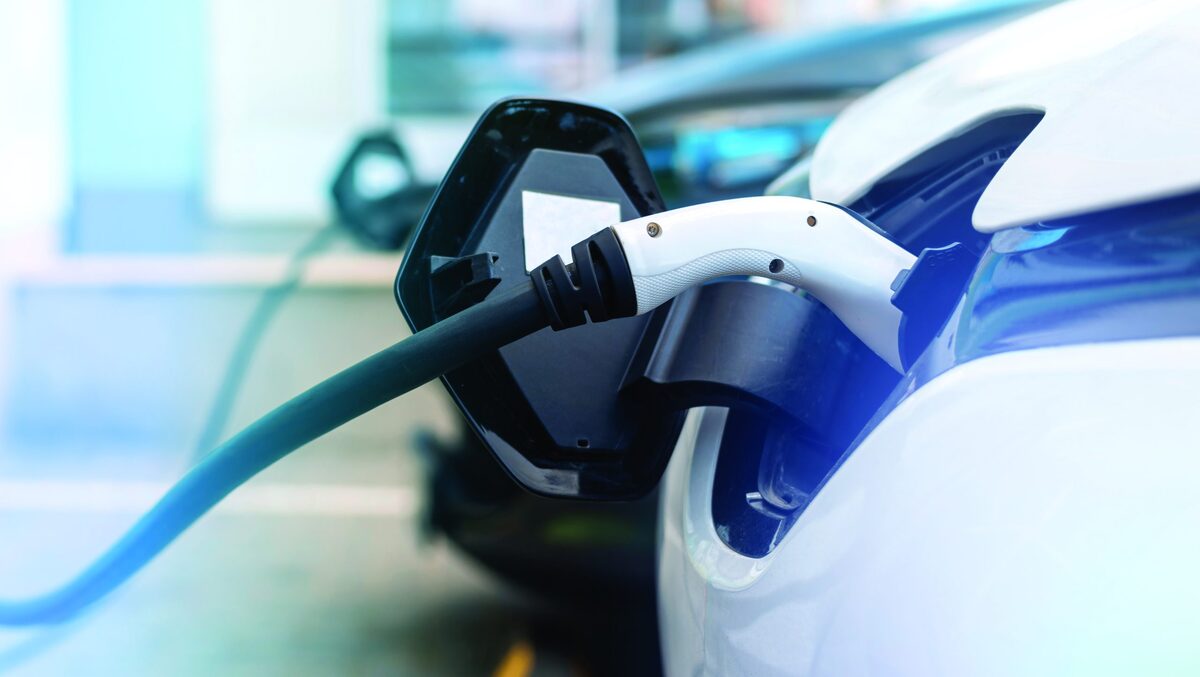Introduction:
The air quality index (AQI) in many Indian cities has entered the red zone several days this year. Millions of people have to face serious health hazards due to recurring increases in air pollution. It is clear that mitigation strategies have to be prioritised.
Air quality index (AQI):
- AQI by Central Pollution Control Board (CPCB), under the Union Ministry of Environment, Forests and Climate Change.
- AQI transforms complex air quality data of various pollutants into a single number (index value), nomenclature and colour. The pollutants measured include PM 10, PM 2.5, NO2, SO2, CO, O3, NH3, and Pb.
- As per two seminal studies pertaining to Delhi, the Urban Emission (2015) and the TERI study (2018), a significant contributor to urban smog is PM2.5 and PM10 pollution, which is caused by the transport and construction sector.
Increase in truck fleet:
- About 9 lakh new trucks are added to Indian roads every year to an already running fleet of 70 lakh trucks. India carries over 2 trillion tonne kilometres of freight on trucks annually. These trucks consume over one fourth of Indian oil imports and contribute to over 90% of road transport CO2 emissions.
- If all these new trucks are powered by diesel fired internal combustion engines vehicles, as is the case today, our cities will face a greater onslaught of PM2.5 pollution.
- Thankfully, India has already electrified rail freight transportation, but that caters to only about 20% of the freight carried in the country. On roads, India’s electric vehicle penetration rate has crossed the 6% mark, but electric trucks remain a challenge due to upfront costs and charging infrastructure constraints.
Way forward:
- Government is aggressively electrifying the bus fleet, and sets electrification targets for bus aggregators. However, the focus must extend to diesel trucks and dust mitigation — significant PM sources requiring immediate attention. This is important both from an energy security perspective and sustainability perspective.
- In this era of urgency, where every breath counts, deploying solutions swiftly is paramount. The recent demand for 7,750 e-trucks in India by 2030, if it materialises, will result in the country saving over 800 billion litres of diesel till 2050.
- However, the Indian truck fleet is likely to reach a figure of 1.7 crore in 2050. Hence, there is a need to push top gear on the pace of transition to etrucks.
- Public funding alone cannot meet the transformational scale required. A pipeline of bankable projects, effectively structured, which can attract private and institutional capital is the need of the hour.
- Though the victory achieved (more than 50% electric vehicle penetration) in three wheelers' electrification in India is an important milestone for the 2070 net zero agenda, transport sector decarbonisation pathways have to be led by truck electrification.
Conclusion:
Innovative financial instruments, incentivisation of charging infrastructure, facilitation of entrepreneurial efforts, and a conducive regulatory environment in the country can bring forth the much needed breakthrough for truck electrification in India.

.jpg)
.jpg)
11.jpg)
Comments (0)